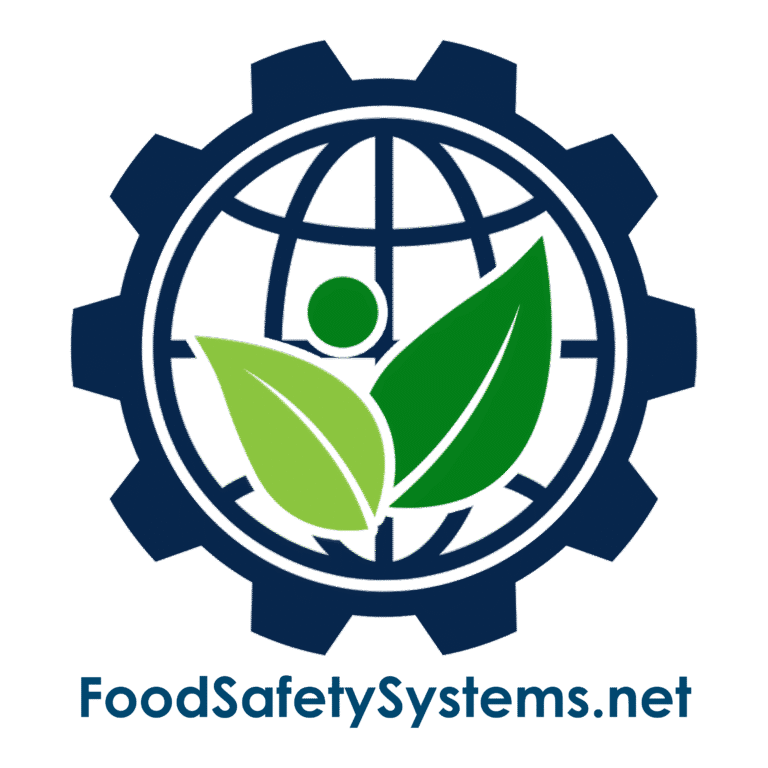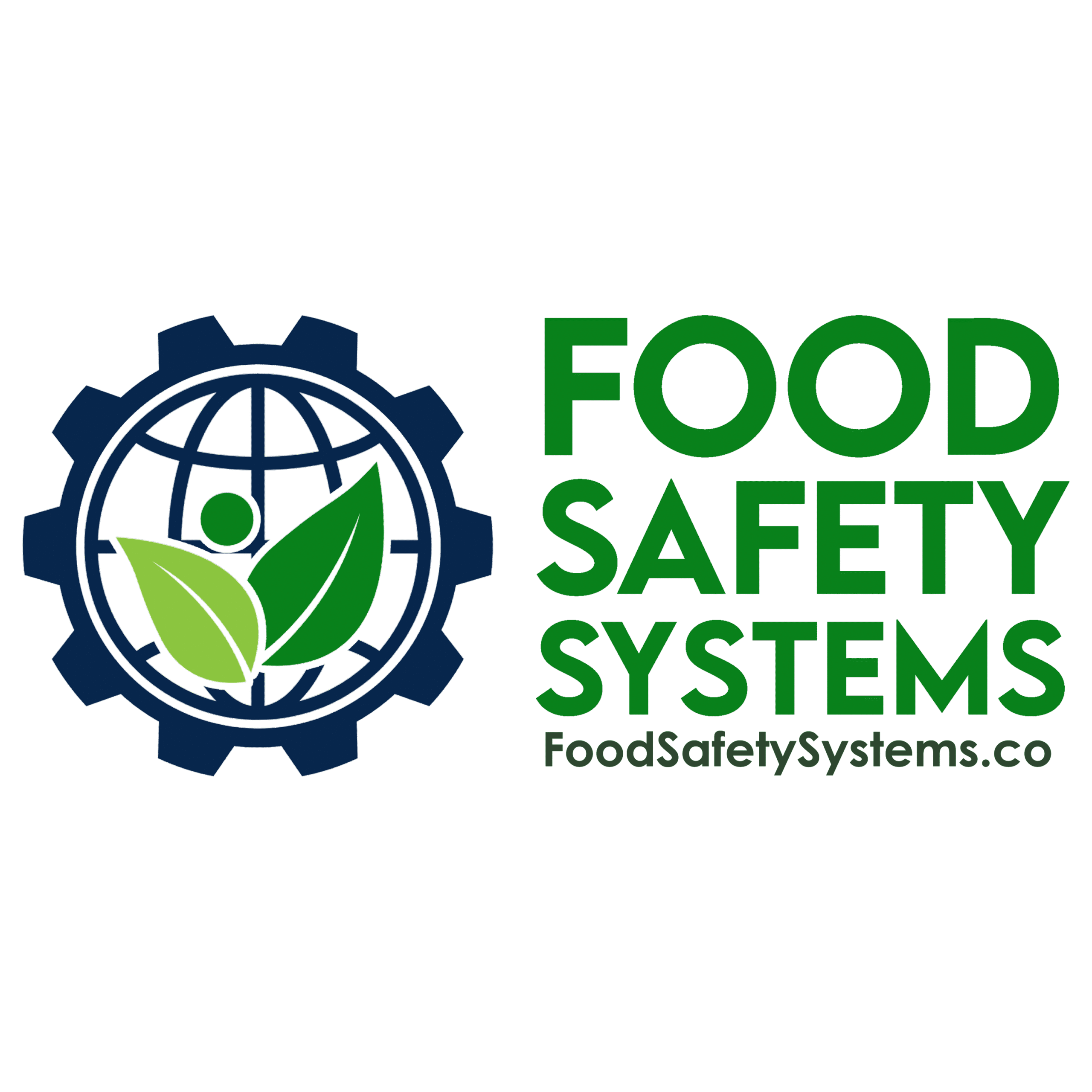Determine Critical Control Points (CCPs)

Aligned with FSSC 22000 – Food Safety Management System Requirements
Requirement Overview
FSSC 22000 requires food safety teams to determine Critical Control Points (CCPs) at steps where control is essential to prevent, eliminate, or reduce a significant hazard to an acceptable level.
The identification of CCPs is central to building a robust food safety management system. Properly defined CCPs provide assurance that key hazards are consistently managed, and failure to control them could result in unsafe food reaching the consumer.
Aligned with BRCGS for Storage & Distribution Issue 4 – Clause 4.3.1 & 4.3.3
Requirement Overview
BRCGS for Storage & Distribution requires that products moved via cross-docking are traceable and controlled at all times, even when they are not held in storage for extended periods.
Clause 4.3.1: “The company shall ensure that traceability is maintained at all stages, including during cross-docking operations.”
Clause 4.3.3: “Procedures shall be in place to ensure that all products handled, including those not stored on-site, remain under control and are not subject to contamination or substitution.”
Cross-docking operations must not compromise product traceability, safety, or integrity. Even with minimal handling and temporary presence, each product must be accurately identified, documented, and protected.

Key Compliance Objectives
-
✓ Identify process steps where significant hazards must be controlled
✓ Apply a structured decision-making tool (e.g., CCP decision tree)
✓ Justify and document CCP designations clearly
✓ Ensure CCPs are consistent across similar products and processes
Step-by-Step Compliance Implementation
1. Conduct a Comprehensive Hazard Analysis
-
CCP determination starts with a validated hazard analysis.
Key Actions:
-
• Review a complete and verified process flow diagram
• Assess biological, chemical, and physical hazards at each step
• Identify significant hazards requiring preventive control
Evidence to Maintain:
-
• Hazard analysis worksheet with severity and likelihood ratings
• Team meeting records validating hazard significance
- • Review a complete and verified process flow diagram • Assess biological, chemical, and physical hazards at each step • Identify significant hazards requiring preventive control
- • Hazard analysis worksheet with severity and likelihood ratings • Team meeting records validating hazard significance
2. Apply a CCP Decision Tree
-
Use a structured and logical approach to decide whether a step is a CCP.
Key Considerations:
-
• Does a preventive measure exist at this step?
• Is control at this step essential for product safety?
• Will subsequent steps eliminate or reduce the hazard to acceptable levels?
Evidence to Maintain:
-
• Completed decision tree for each significant hazard
• Written justifications for CCP vs. non-CCP determinations
- • Does a preventive measure exist at this step? • Is control at this step essential for product safety? • Will subsequent steps eliminate or reduce the hazard to acceptable levels?
- • Completed decision tree for each significant hazard • Written justifications for CCP vs. non-CCP determinations
3. Identify and Confirm Each CCP
-
CCPs should have clear and measurable characteristics.
CCP Characteristics:
-
• Must control a significant hazard
• Must be monitorable with defined limits
• Must include corrective actions if limits are exceeded
Common Examples of CCPs:
-
• Thermal processing to achieve minimum cooking temperatures
• Metal detection before product release
• pH or water activity adjustment in formulation steps
Evidence to Maintain:
-
• CCP list linked to process steps
• Annotated flow diagram with CCPs identified
• Summary table linking CCPs to hazards and controls
- • Must control a significant hazard • Must be monitorable with defined limits • Must include corrective actions if limits are exceeded
- • Thermal processing to achieve minimum cooking temperatures • Metal detection before product release • pH or water activity adjustment in formulation steps
- • CCP list linked to process steps • Annotated flow diagram with CCPs identified • Summary table linking CCPs to hazards and controls
4. Verify CCP Designations
-
CCP selection should be reviewed and validated by the food safety team.
Key Actions:
-
• Confirm CCPs with cross-functional team members
• Reassess for product or process variations
• Review designations during annual system reviews or after changes
Evidence to Maintain:
-
• CCP verification checklist
• Team meeting records confirming CCP designations
• Updated documentation reflecting changes
- • Confirm CCPs with cross-functional team members • Reassess for product or process variations • Review designations during annual system reviews or after changes
- • CCP verification checklist • Team meeting records confirming CCP designations • Updated documentation reflecting changes
Common Audit Findings & Recommended Fixes
| Audit Finding | Recommended Action |
|---|---|
| Missing or incomplete CCP decision logic | Apply a structured CCP decision tree and document results |
| Vague or weak CCP justifications | Clearly link CCPs to specific hazard control needs |
| CCPs not monitored or validated | Define measurable limits, monitoring, and validation procedures |
| Inconsistent CCPs across product lines | Standardize CCPs across similar products with documented rationale |
Auditor Verification Checklist
Auditors will expect to see:
-
• A completed hazard analysis showing CCP determination process
• Documented decision trees or equivalent logic for each CCP
• Annotated flow diagram highlighting CCPs
• Records verifying CCP selection, validation, and review
Implementation Roadmap
Analyze and Decide
-
✓ Conduct hazard analysis by process step
✓ Apply CCP decision tree with structured logic
Document and Justify
-
✓ Maintain worksheets and justification records
✓ Annotate flow diagrams with CCPs identified
Review and Verify
-
✓ Reassess CCPs annually or after process changes
✓ Confirm validated limits, monitoring, and corrective actions
Why This Matters?
-
✓ Prevents food safety hazards from reaching the consumer
✓ Supports FSSC 22000 certification and compliance with GFSI requirements
✓ Provides a systematic, science-based approach to hazard control
✓ Builds auditor confidence through transparent documentation
Support Tools Available
Food Safety Systems provides:
-
✓ CCP decision tree templates
✓ Example CCP summary tables and flow diagrams
✓ Validation and monitoring record tools
✓ CCP verification and review checklists
Privacy Policy | Terms of Service
Powered by interlinkIQ.com, Developed by ITBlaster.net, Owned and Operated by Consultare Inc. Group, A Compliance Company. All Rights Reserved.







